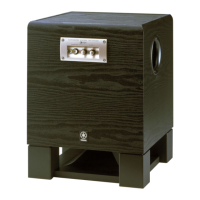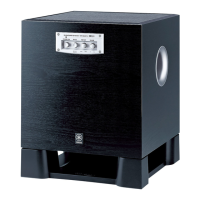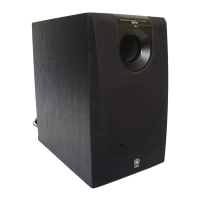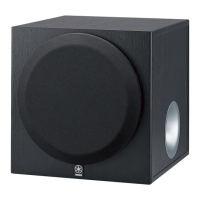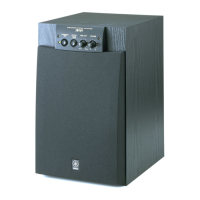Why is there no sound coming from my Yamaha YST-SW300 Subwoofer?
- CChristopher BuckleyJul 26, 2025
If your Yamaha Subwoofer isn't producing sound, there might be a couple of things to check. First, make sure the VOLUME control isn't set to 0; if it is, simply turn it to the right to increase the volume. Secondly, ensure that the speaker cables are securely connected. If they aren't, connect them properly.


